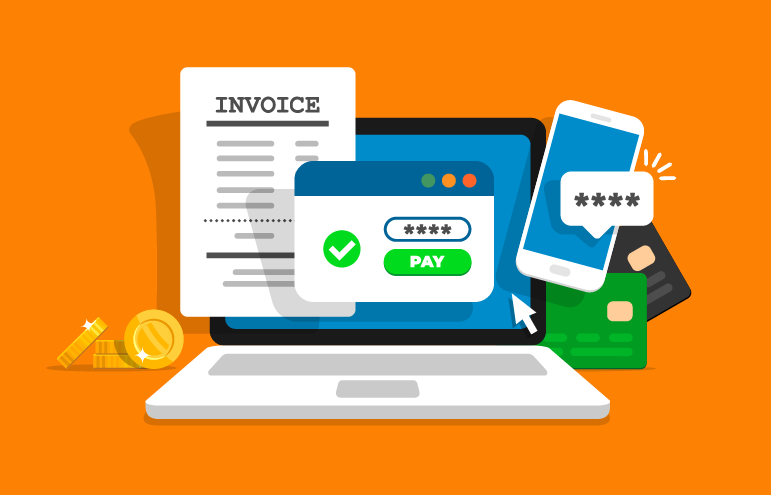The Impact of Digital Banking During the Coronavirus Pandemic

The coronavirus (COVID-19) pandemic has drastically reshaped the way banks and credit unions operate today. While financial institutions value face-to-face interactions with their customers and members, social distancing requirements and other safety precautions have caused retail banking to go almost entirely digital. This change impacts not only how financial institutions conduct their business and interact with customers and members, but also how they keep their institutions secure.
In this blog post, we outline 3 key ways the pandemic has impacted the industry and consumers, and how financial institutions are managing these changes in real-time while ensuring they continue to operate effectively for their employees, customers, members, and other stakeholders.
1. Know Your Customer
For banks and credit unions, know-your-customer (or member) procedures are a key function to establish a customer or member’s identity, understand their financial activities, and evaluate the level of risk to the institution. Traditionally, before opening an account, completing a transaction, and/or sharing private information, many financial institutions have relied on at least some face-to-face interactions. For community financial institutions, know-your-customer has gone well beyond best practice to become a competitive advantage. Many (if not most) community institutions pride themselves in knowing their customers by name!
However, due to the COVID-19 pandemic, financial institutions need to find ways to verify their customers’ identities and retain that personal touch using digital channels. Consumers want a frictionless banking experience where they feel trusted and can quickly receive the products and services they need, but they also want to avoid feeling like just another number. Institutions must balance managing remote transactions that could increase their security posture, against technology and policies that positively identify customers without alienating them. As a result, some financial institutions are leaning towards increased security by starting to adopt a “zero-trust” stance where every individual and transaction is considered suspicious unless proven otherwise.
2. Technology Updates
To protect customers and members during the pandemic, banks and credit unions have moved from in-branch, face-to-face interactions to using remote channels such as online, telephone, ATM banking as well as the drive-through to serve their customers. Our experience has been that many institutions that may have technology upgrades on their roadmap two or three years down the road have had to accelerate those projects. Others have added new initiatives to increase their remote capabilities and enhance their electronic services. However, all this likely requires tighter security protocols for customer verification. This can be challenging for smaller financial institutions that rely on more traditional in-branch visits to provide services to their customers or members, particularly if branches are closed or observing limited hours and services. It is up to these institutions to find the right balance of physical and digital solutions to ensure customers and members receive the same level of service they were accustomed to prior to the pandemic.
3. Digital Adoption
The COVID-19 pandemic has driven consumers to rely more heavily on digital channels for their banking needs. This has accelerated digital transformation for financial institutions in the U.S. as their customers demand solutions that allow them to quickly and easily complete transactions remotely. To meet this demand, financial institutions have reevaluated their traditional strategies, implemented and even accelerated digital initiatives, and are more inclined to not just enable but encourage digital capability for their customers. As they encourage consumers to adopt new solutions and remote tools, it will be critical to assess the risk of these solutions and develop controls to keep the network safe and protect sensitive, financial information.
Banks and credit unions must be able to provide the products and services their customers and members need all while keeping information secure, even in the midst of a pandemic. Having a solid plan to guide how you manage operations can make all the difference. One final thought, when the dust settles and things go back to “normal”, the steps you’ve taken to enable digital engagement with employees and customers will be considered resilience measures to mitigate the impact of a future event of this nature. Resilience will be a focus for regulators in future examinations.
To learn more about pandemic planning and best practices, download our latest white paper, “Navigating the Coronavirus Pandemic: Best Practices for Pandemic Planning and Key Lessons Learned.”

